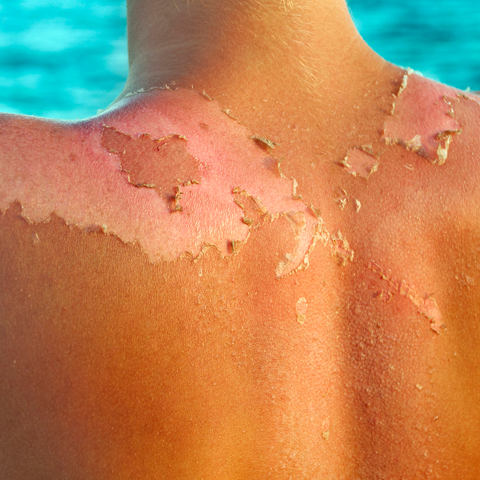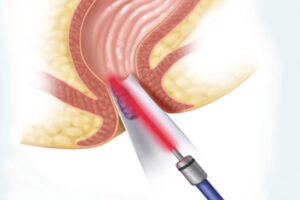What are the types of sunburn?
Sunburn is divided into two as first degree and second degree. Sunburns are classified as first-degree burns. Second-degree burns cause serious damage. If not taken under control, it can cause loss of function or tissue.
What are the symptoms of sunburn?
Sunburn symptoms often manifest themselves as redness and itching. The reddened and itchy area may stretch over time or may collect water and leave wounds on the skin. Symptoms vary from person to person. Sunburns sometimes do not show themselves immediately.
Symptoms of sunburns that cause serious damage
- Hardening of the skin,
- Swelling of the skin (edema),
- Chills,
- High fever (38 degrees and above),
- Weakness,
- Rapid pulse and breathing,
- Feeling of thirst,
- Sensitivity of the eyes to light,
- Nausea and headache.
If these symptoms are present in your body, you should definitely consult a specialist.
Who gets sunburn most often?
Sunburn can vary from person to person. The change in symptoms is determined by the skin sensitivity of the person and the duration of exposure to the sun. People with sensitive skin or who have had a previous skin condition are also more sensitive to the sun. For this reason, the time to be affected by ultraviolet rays (harmful rays of the sun) is also much faster.
Sunburns are mostly seen in fair-skinned people. On the other hand, dark-colored skin can be sunburned depending on the duration of exposure to the sun. Sunburns are very common in babies as well as people with sensitive skin. Babies need to be protected from the sun more than adults due to their skin sensitivities. Otherwise, it may cause serious injury.
How is sunburn treated?
When the symptoms of sunburn are first noticed, the tension on the skin can be relieved by using moisturizing creams. However, if the tension of the skin does not decrease over time, the burn may be classified as second-degree burn.
First aid is very important in second degree burns. Second-degree burns show symptoms such as blistering of the skin and fever. Sunburn with blistering should be considered as an open wound and dressing should be done in the first place.
The larger the sunburn area, the greater the damage to the body. Second-degree burns covering large surfaces in people who have had chronic kidney failure, alcoholism, and heart disease occur with intravenous serum therapy.







